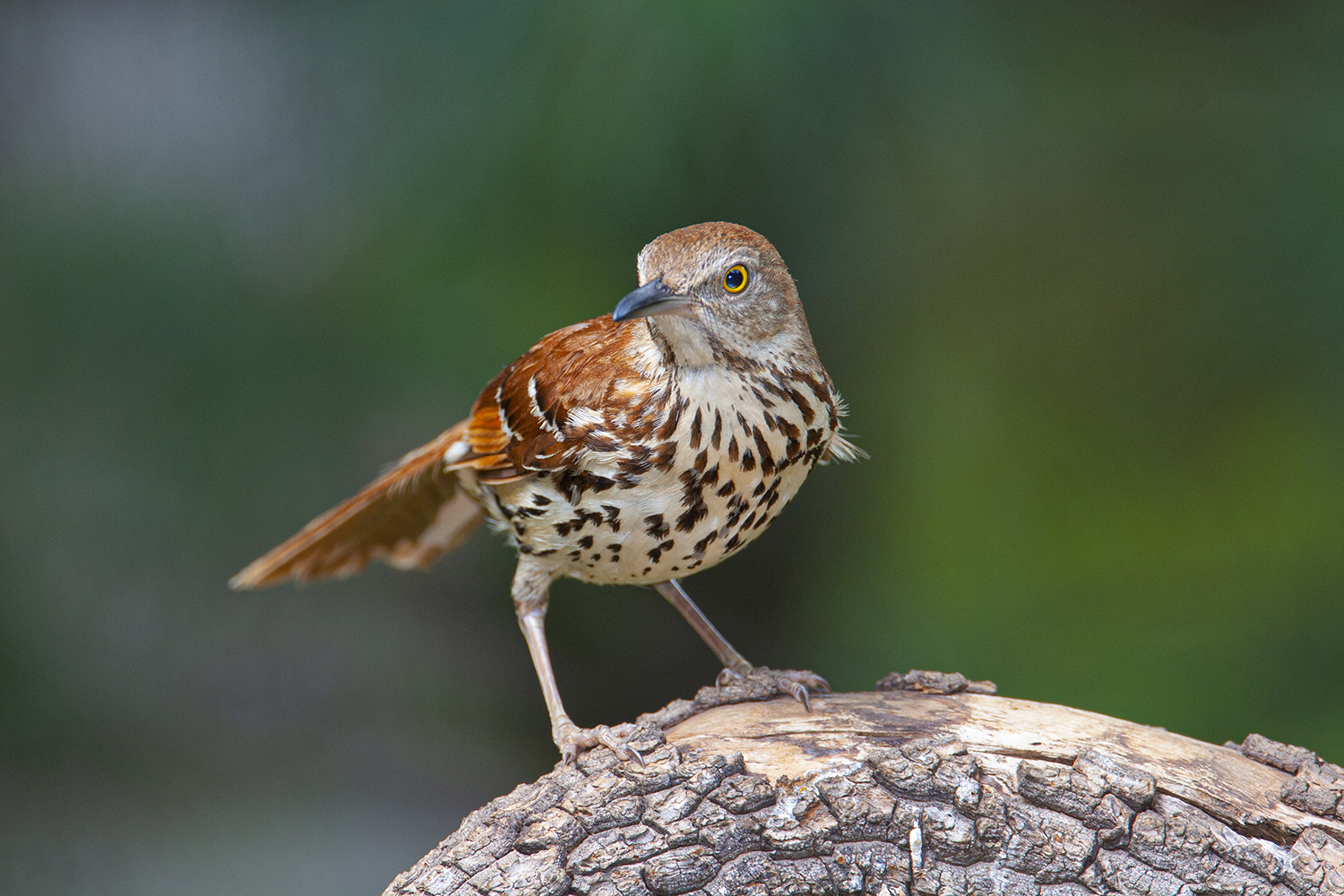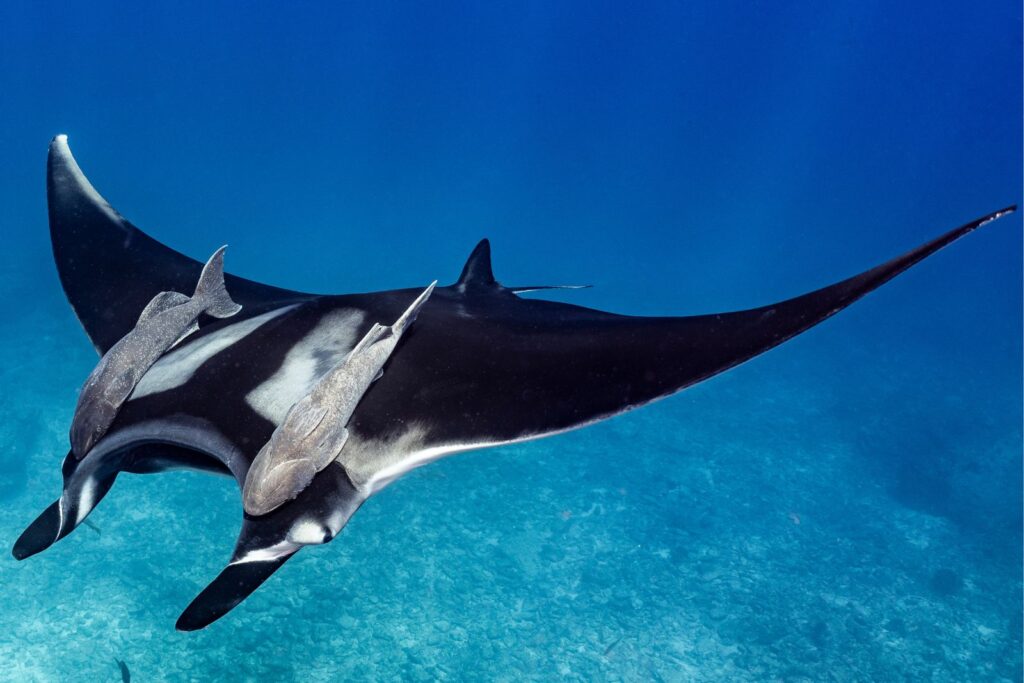Brown Thrasher: Songbird of the American Woodlands

The brown thrasher, with its distinctive song and vibrant personality, adds melody to the American woodlands. Here's a closer look at this charismatic songbird:
Appearance and Identification:
Brown thrashers are medium-sized songbirds with reddish-brown plumage, long tails, and streaked chests. Their distinctive yellow eyes and long, curved bills set them apart from other woodland birds, making them easily recognizable.Habitat and Range:
Found throughout eastern North America, brown thrashers inhabit a variety of wooded habitats, including forests, thickets, and suburban gardens. They are shy and elusive birds, preferring dense vegetation for nesting and foraging.Vocalizations and Communication:
Brown thrashers are renowned for their rich repertoire of musical calls, which include a diverse array of whistles, trills, and mimicry of other bird species. Their melodious songs serve to establish territories, attract mates, and communicate with other thrashers.Feeding and Foraging Behavior:
As omnivores, brown thrashers have a varied diet that includes insects, berries, fruits, and seeds. They use their long bills to probe and dig in leaf litter and soil, searching for prey such as beetles, caterpillars, and earthworms.Breeding and Nesting:
During the breeding season, male brown thrashers perform elaborate courtship displays to attract females. Once paired, they build cup-shaped nests in dense shrubs or low trees, where females lay eggs and both parents share incubation and feeding duties.Conservation Status:
While brown thrashers are not currently considered endangered, they face threats from habitat loss, pesticide use, and collisions with human structures. Conservation efforts are crucial for preserving their woodland habitats and ensuring their long-term survival.The brown thrasher's melodious song and vibrant presence enrich the American woodlands, making it a cherished symbol of natural beauty and biodiversity. By appreciating and protecting these charismatic songbirds, we can continue to enjoy their music for generations to come.
